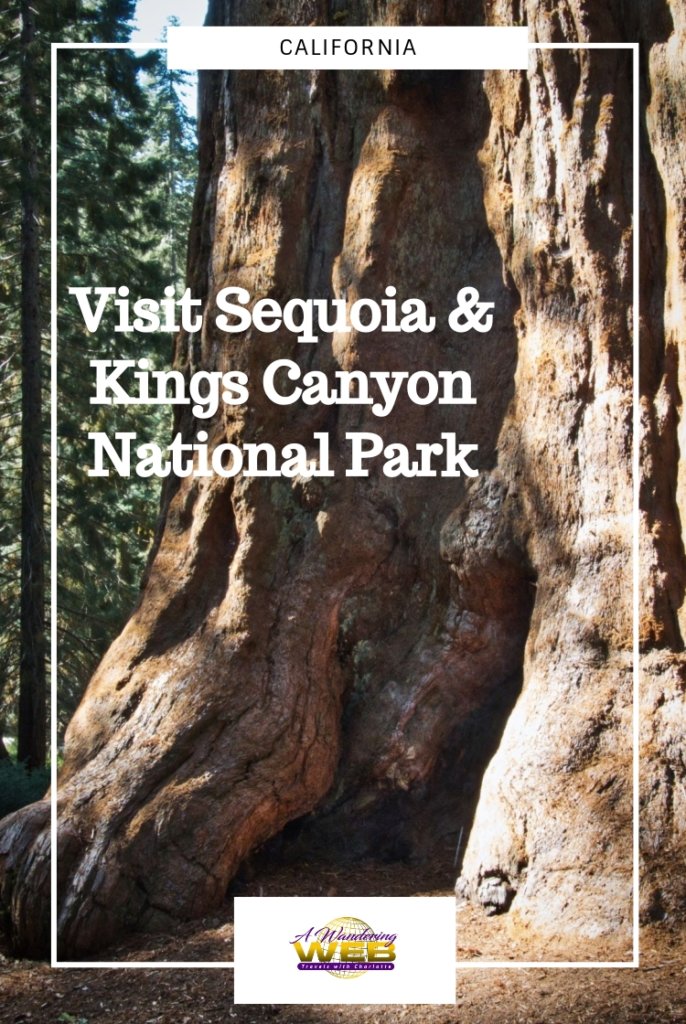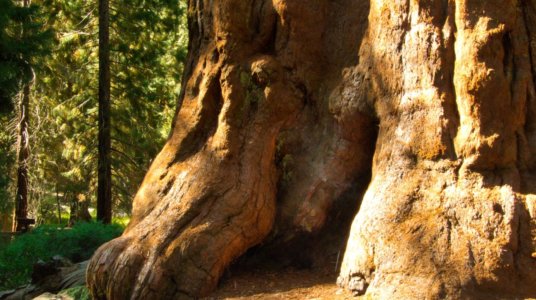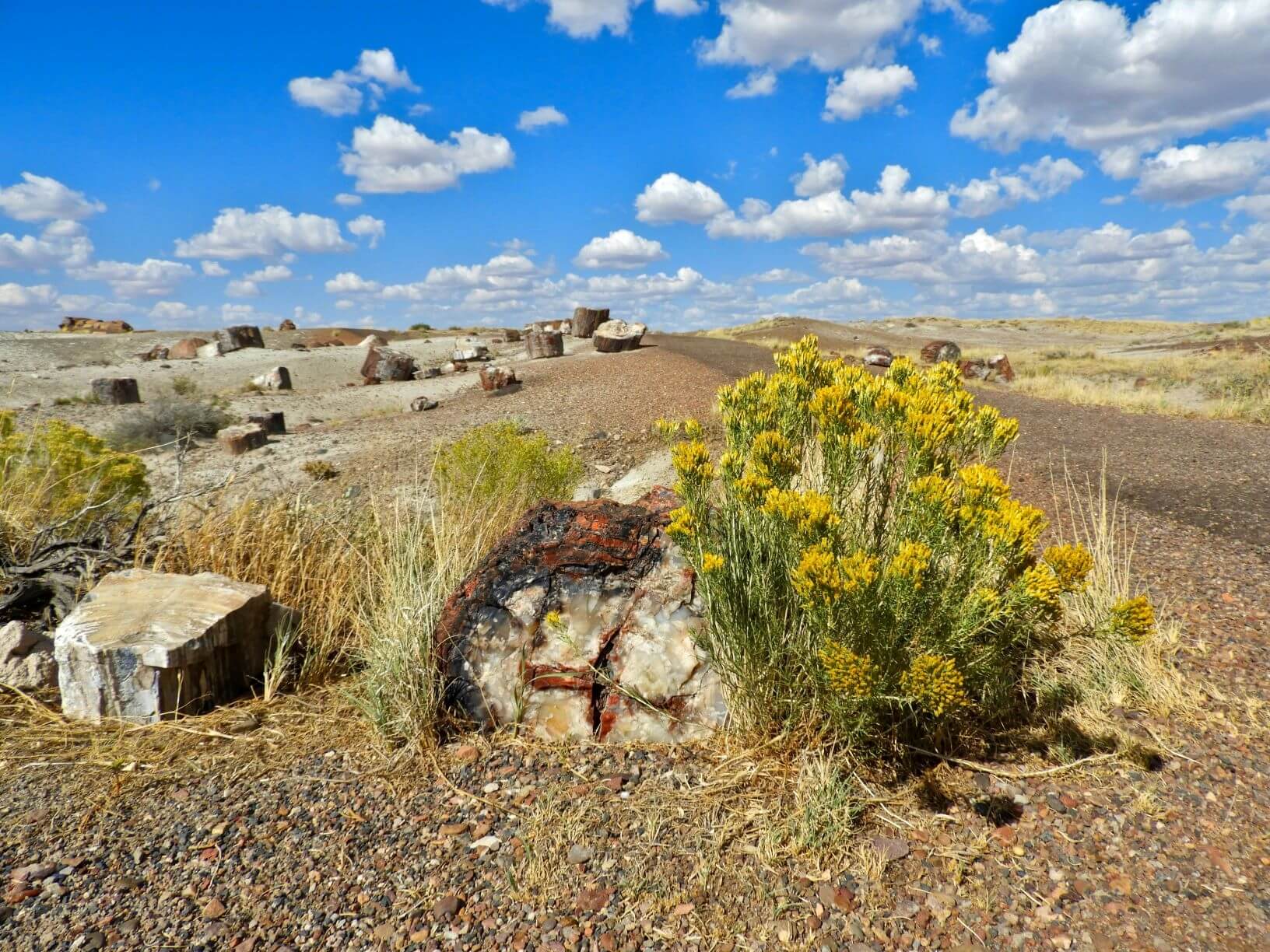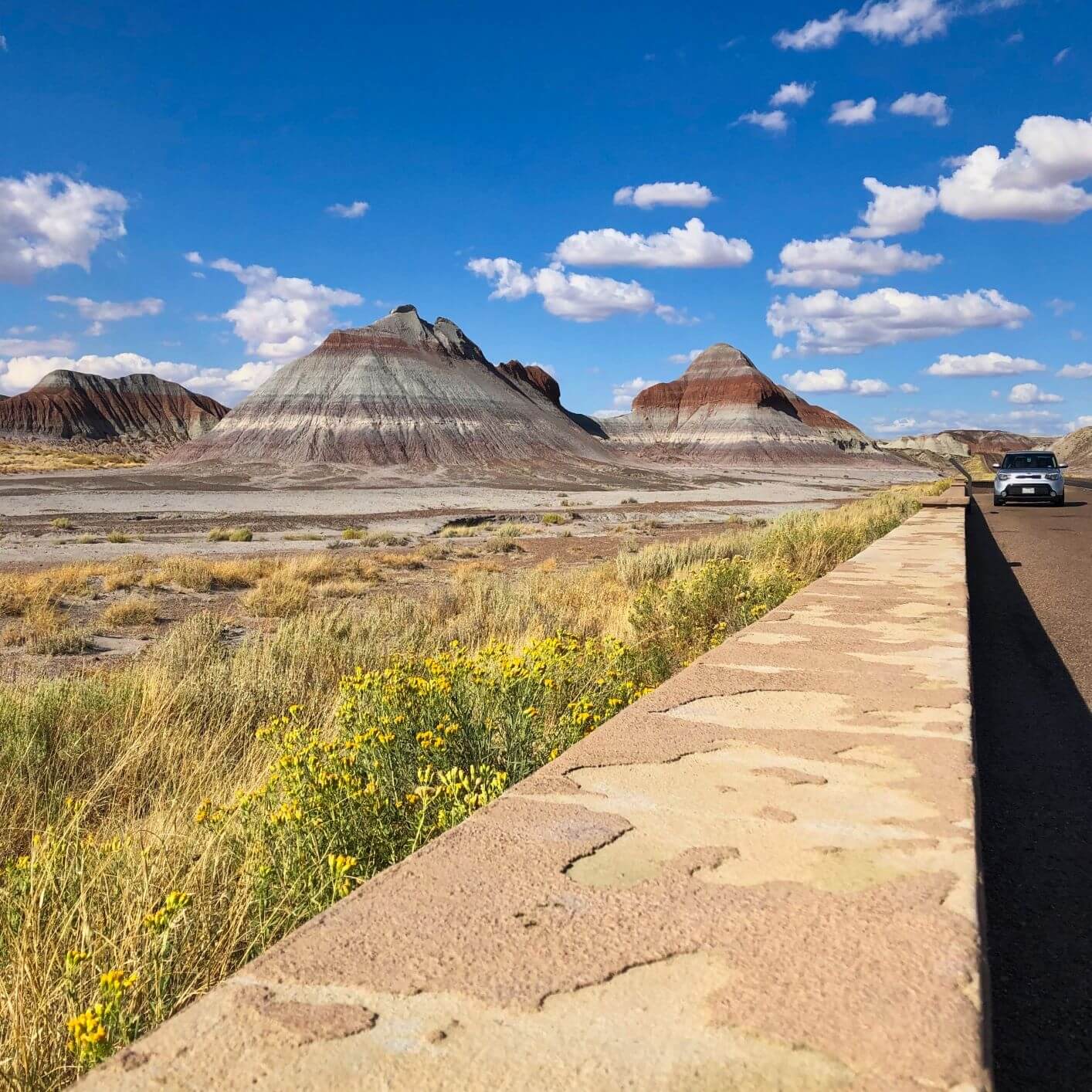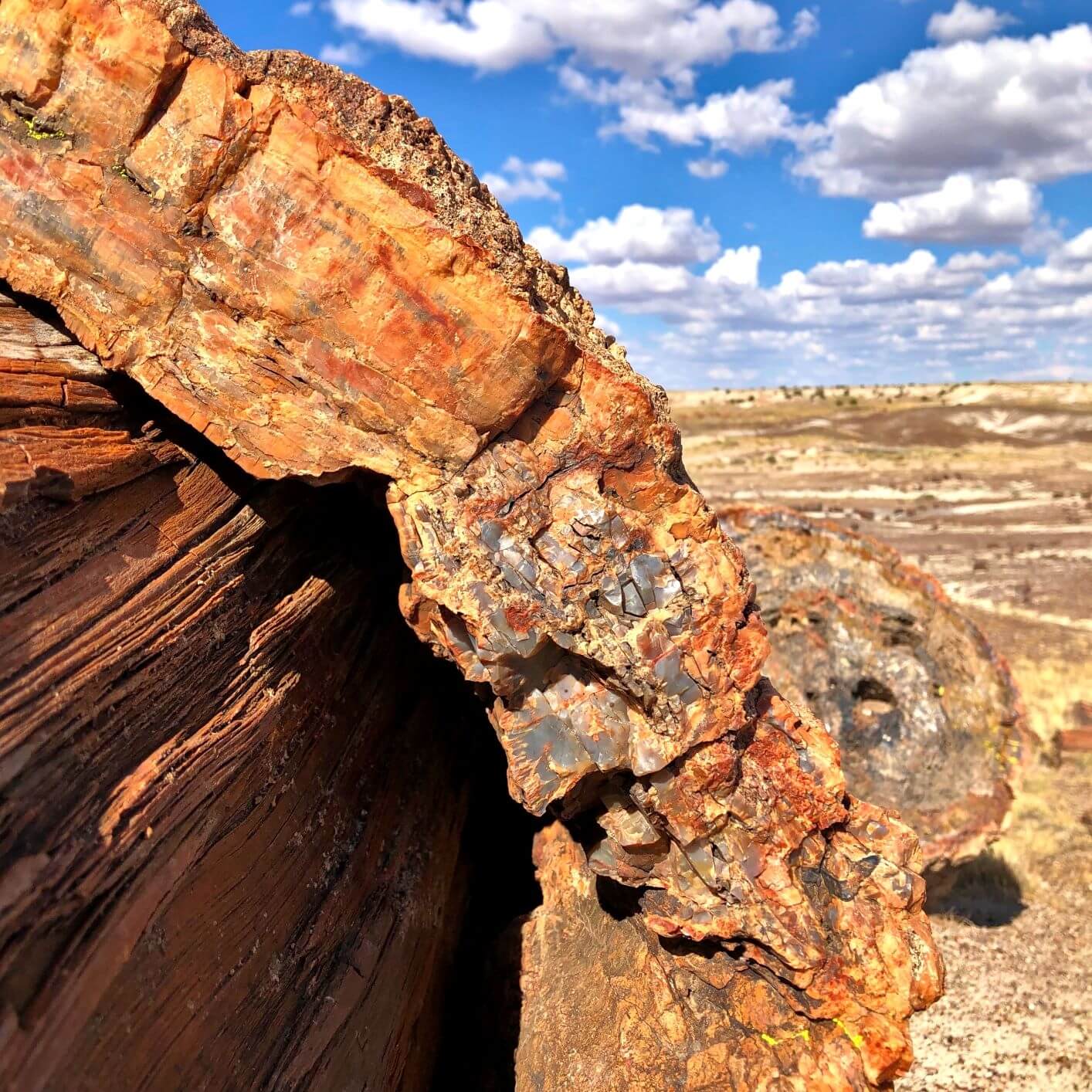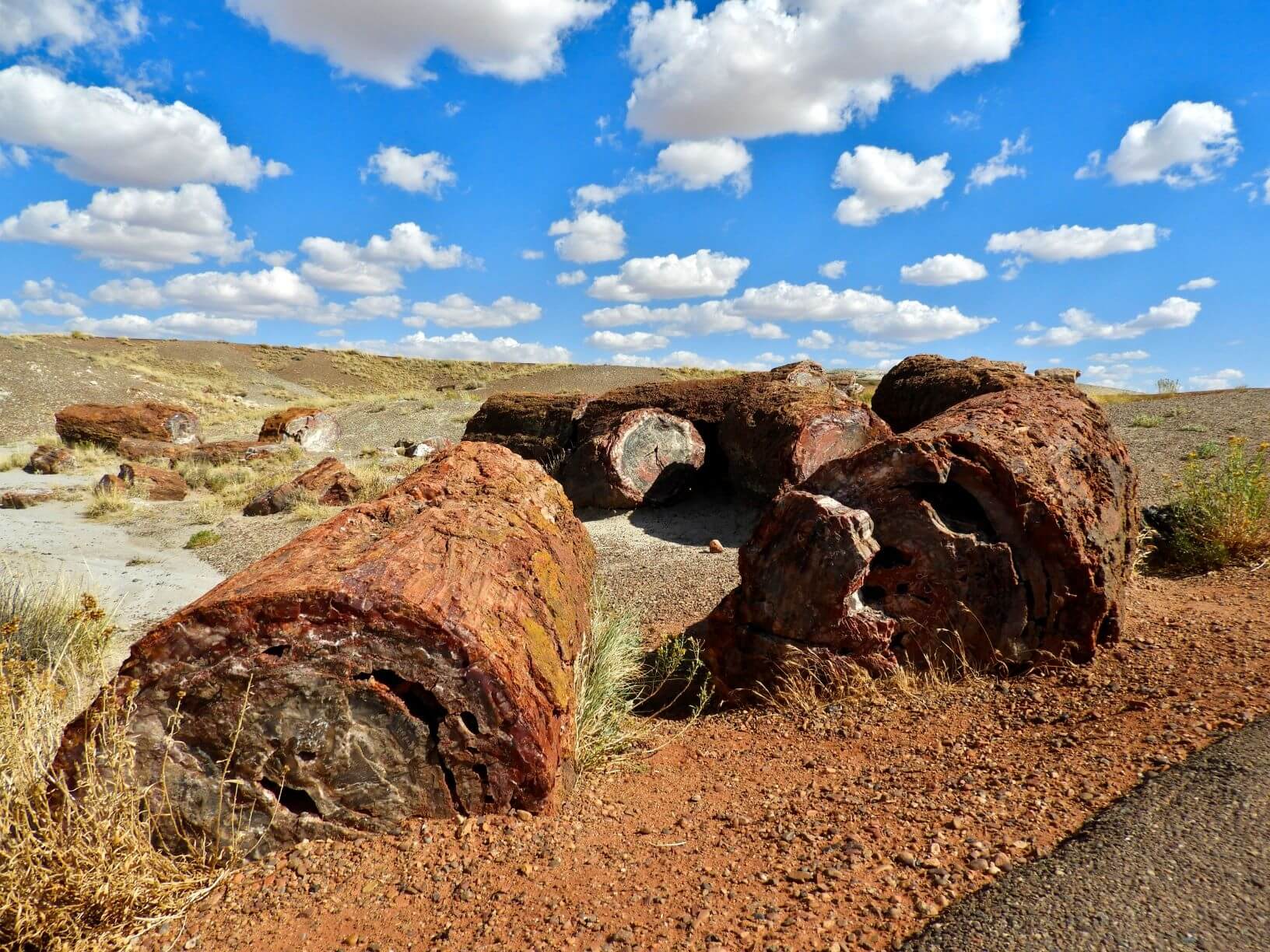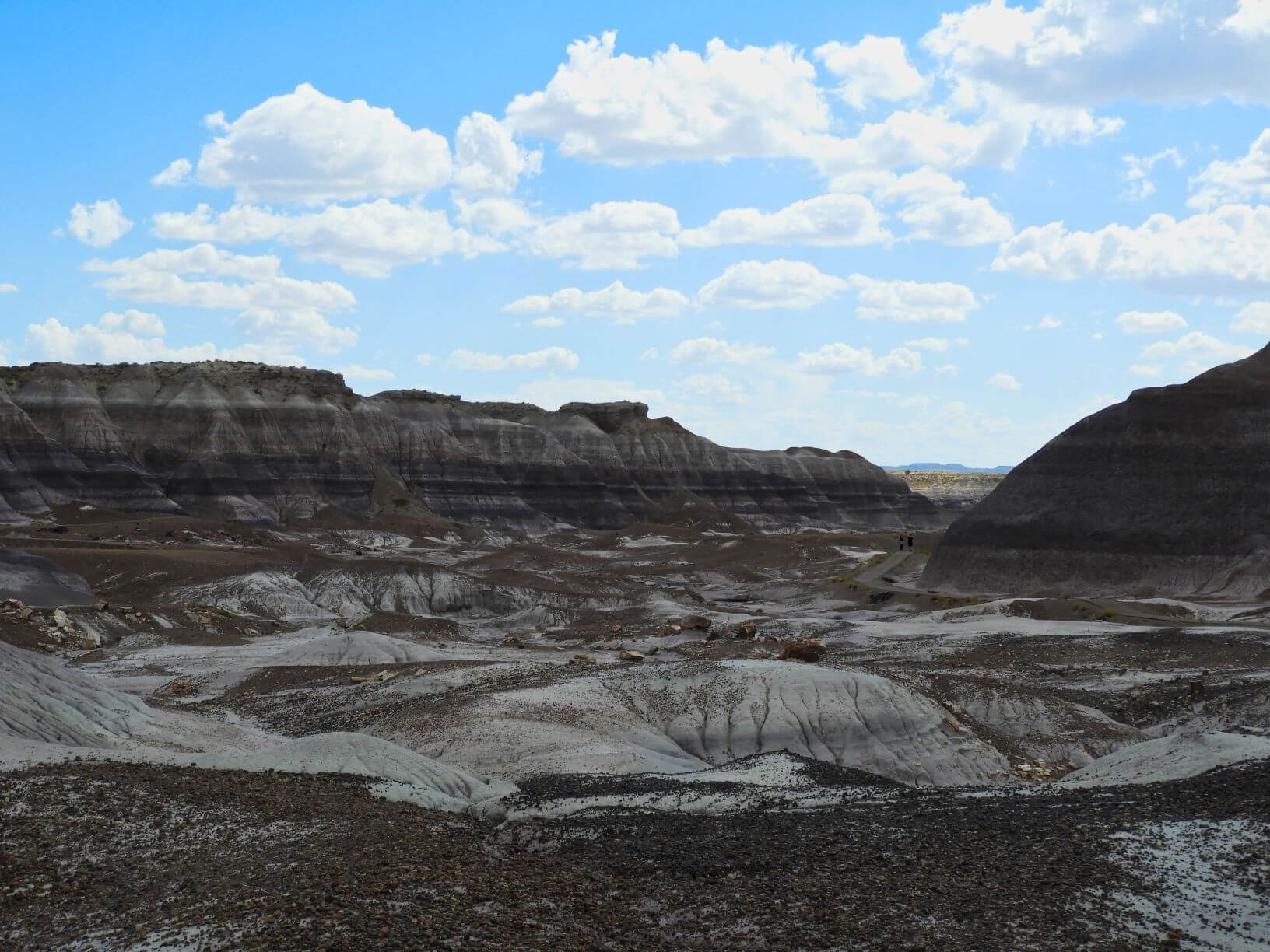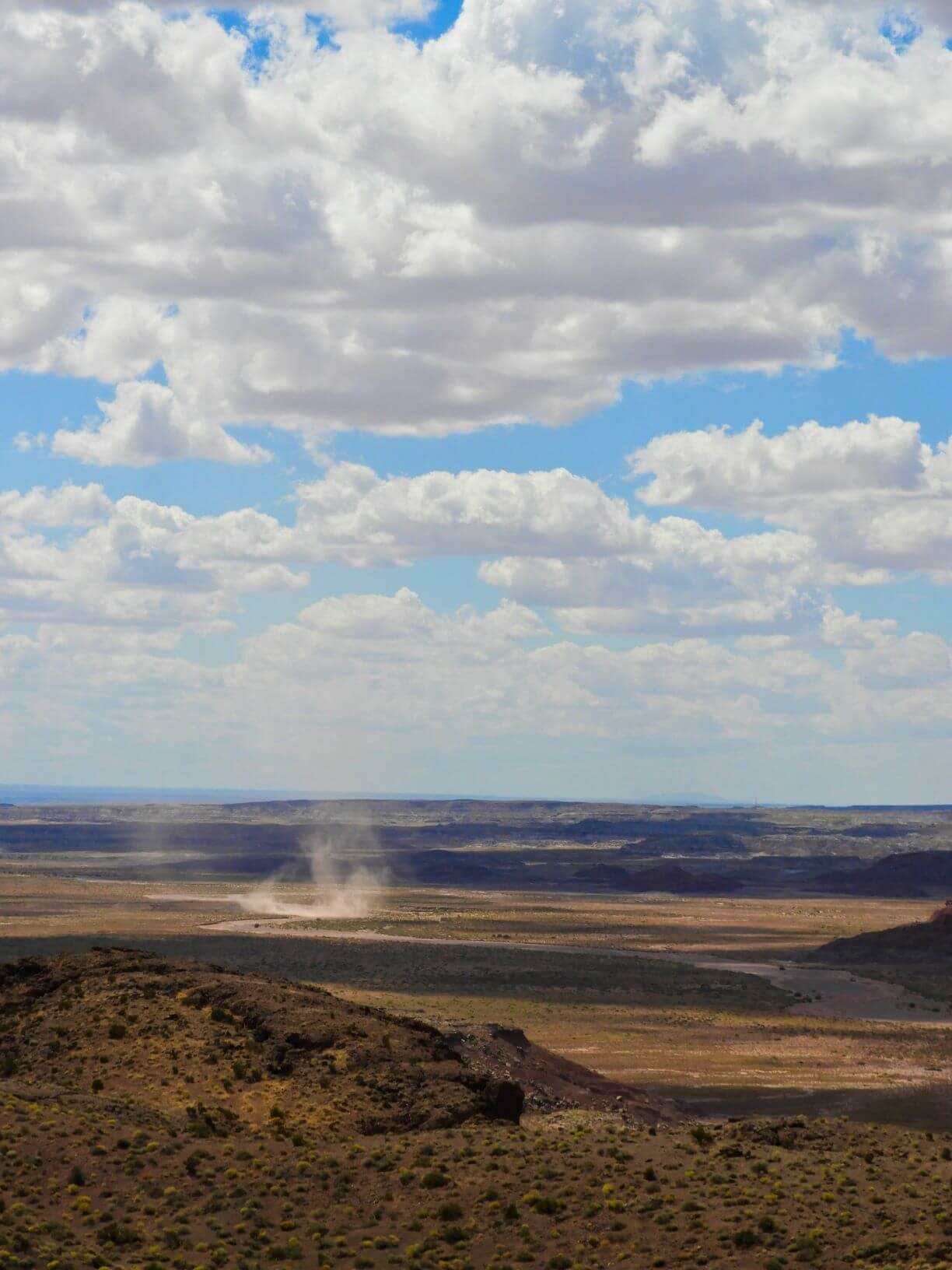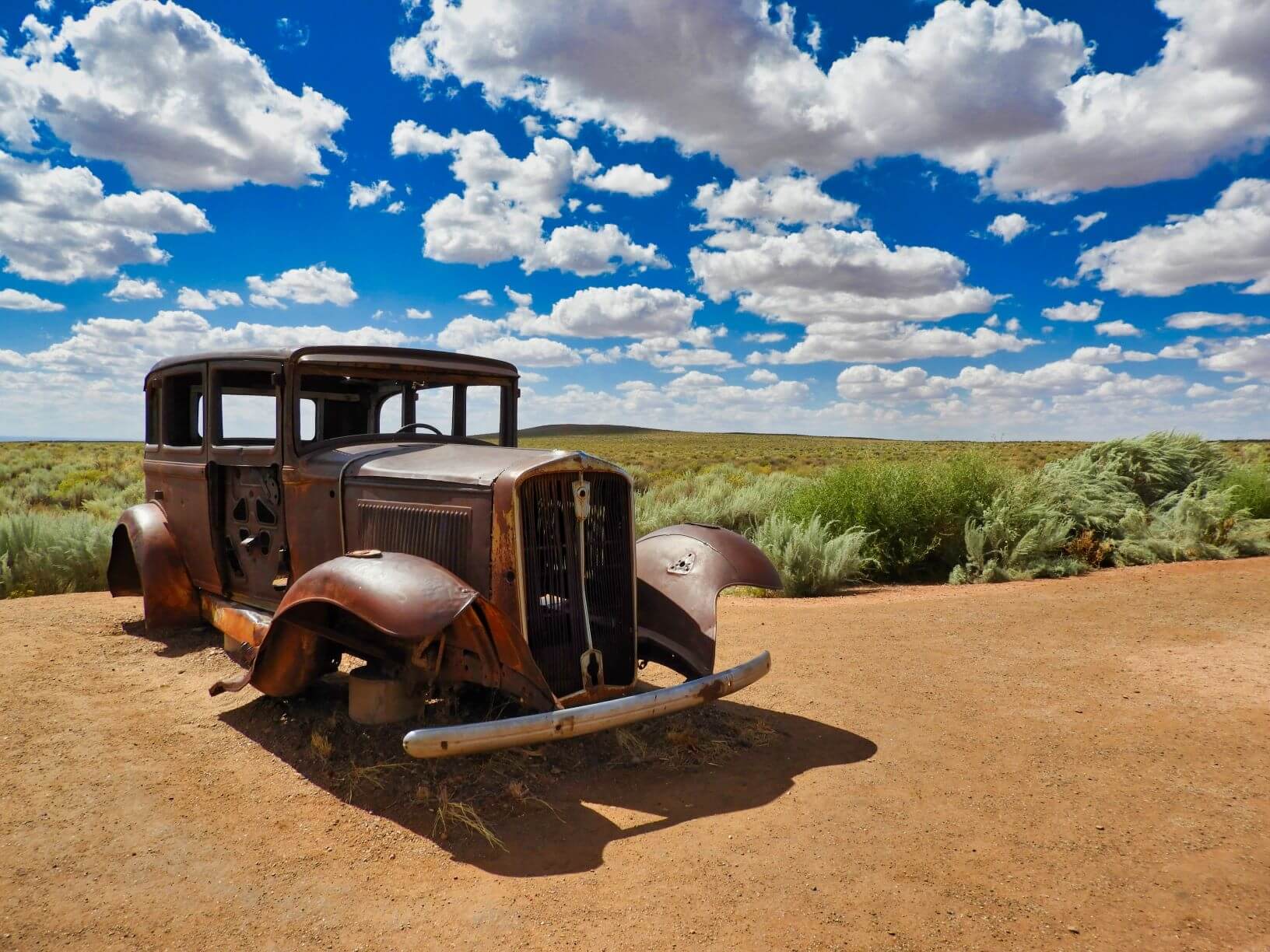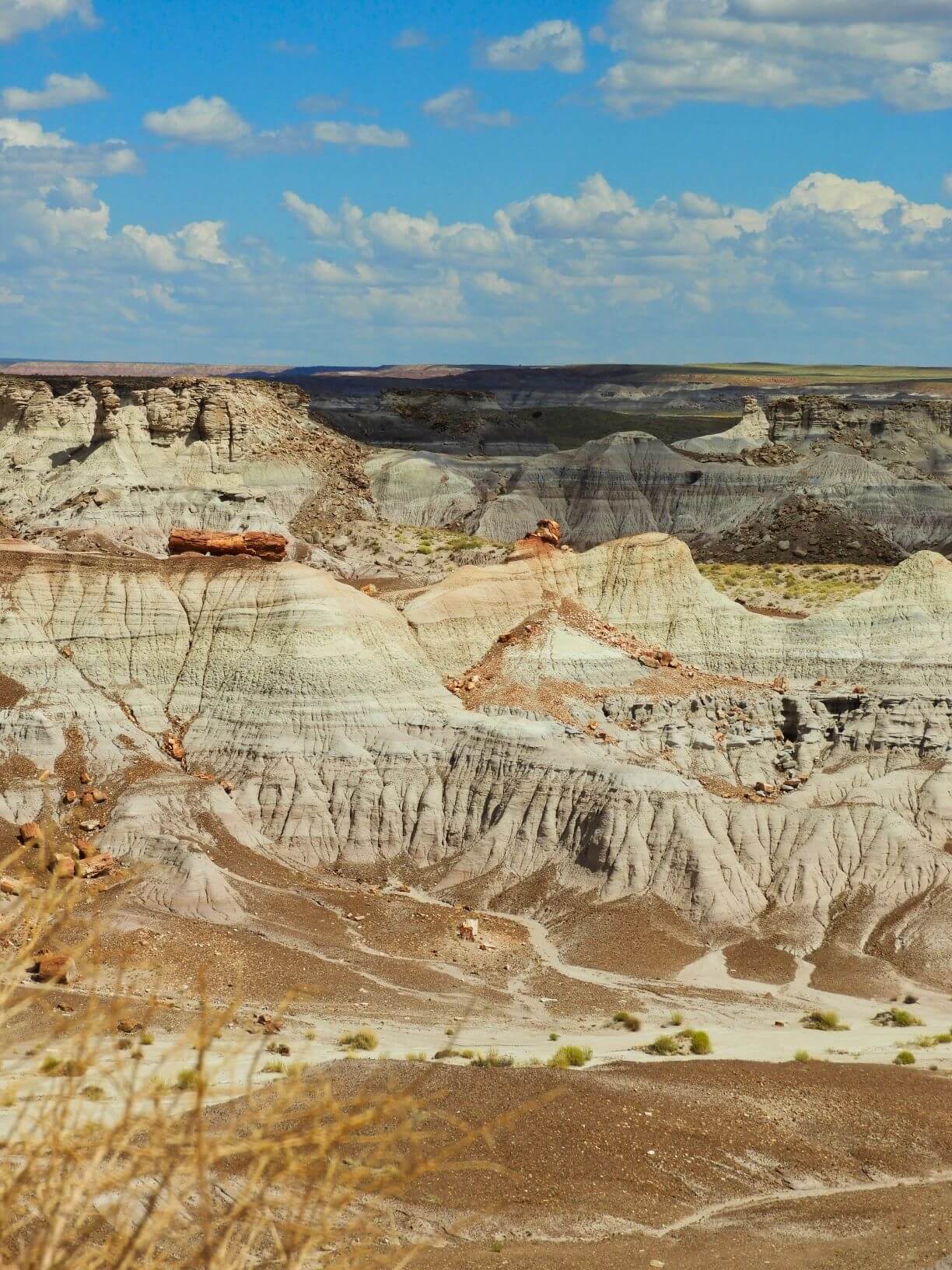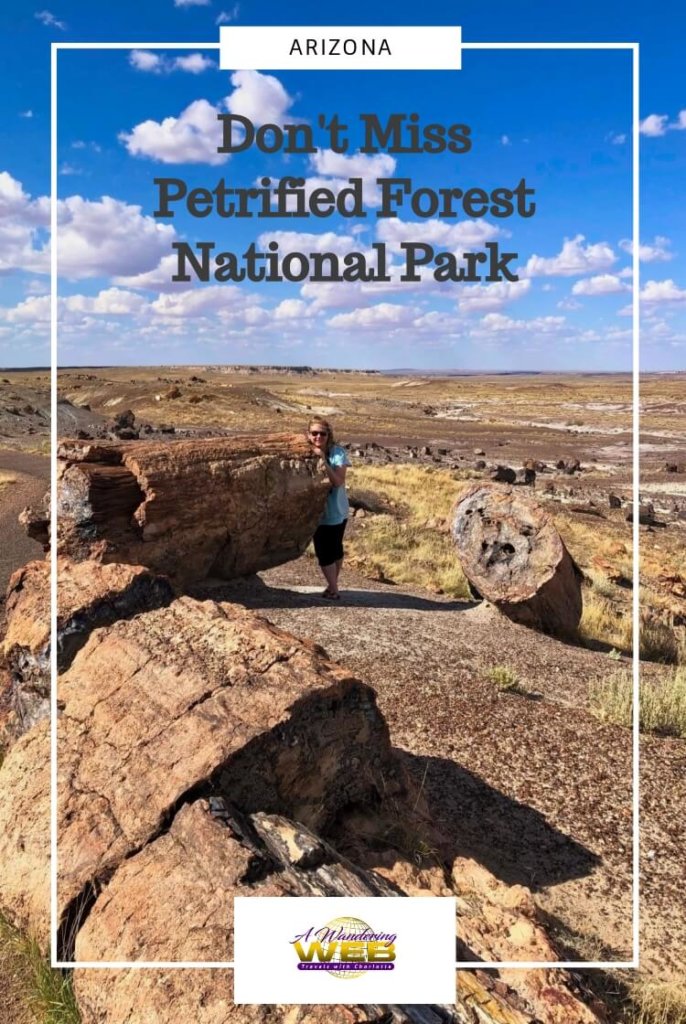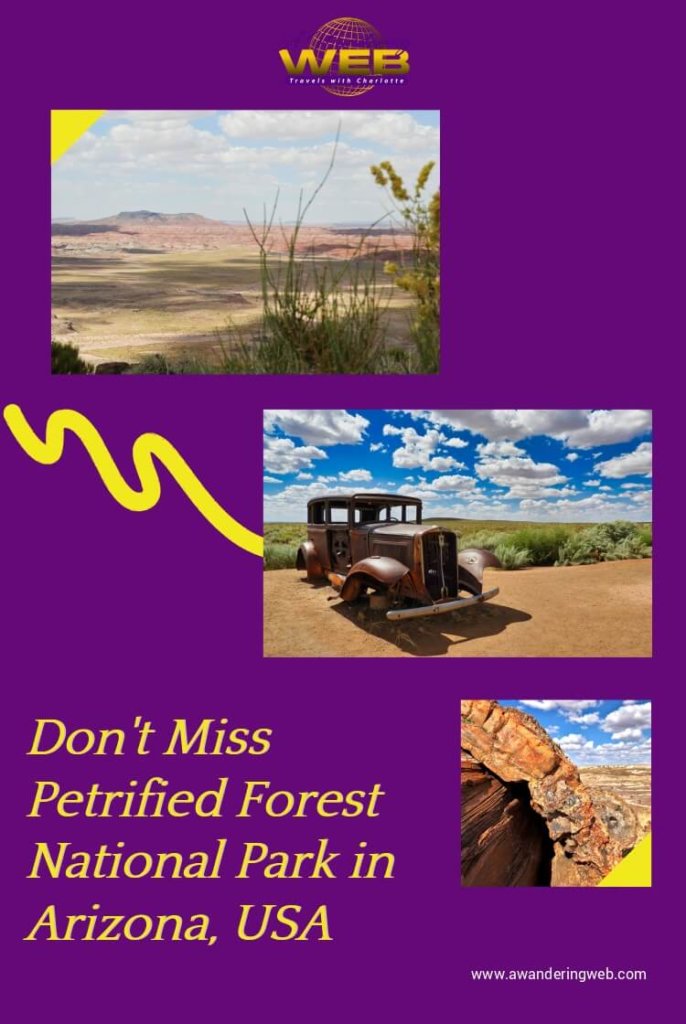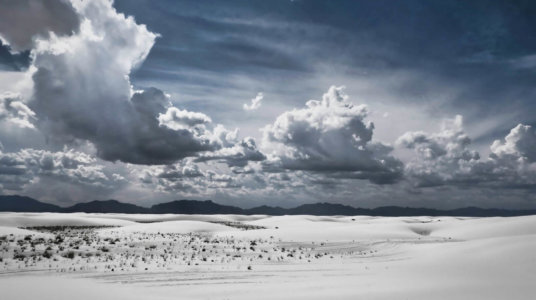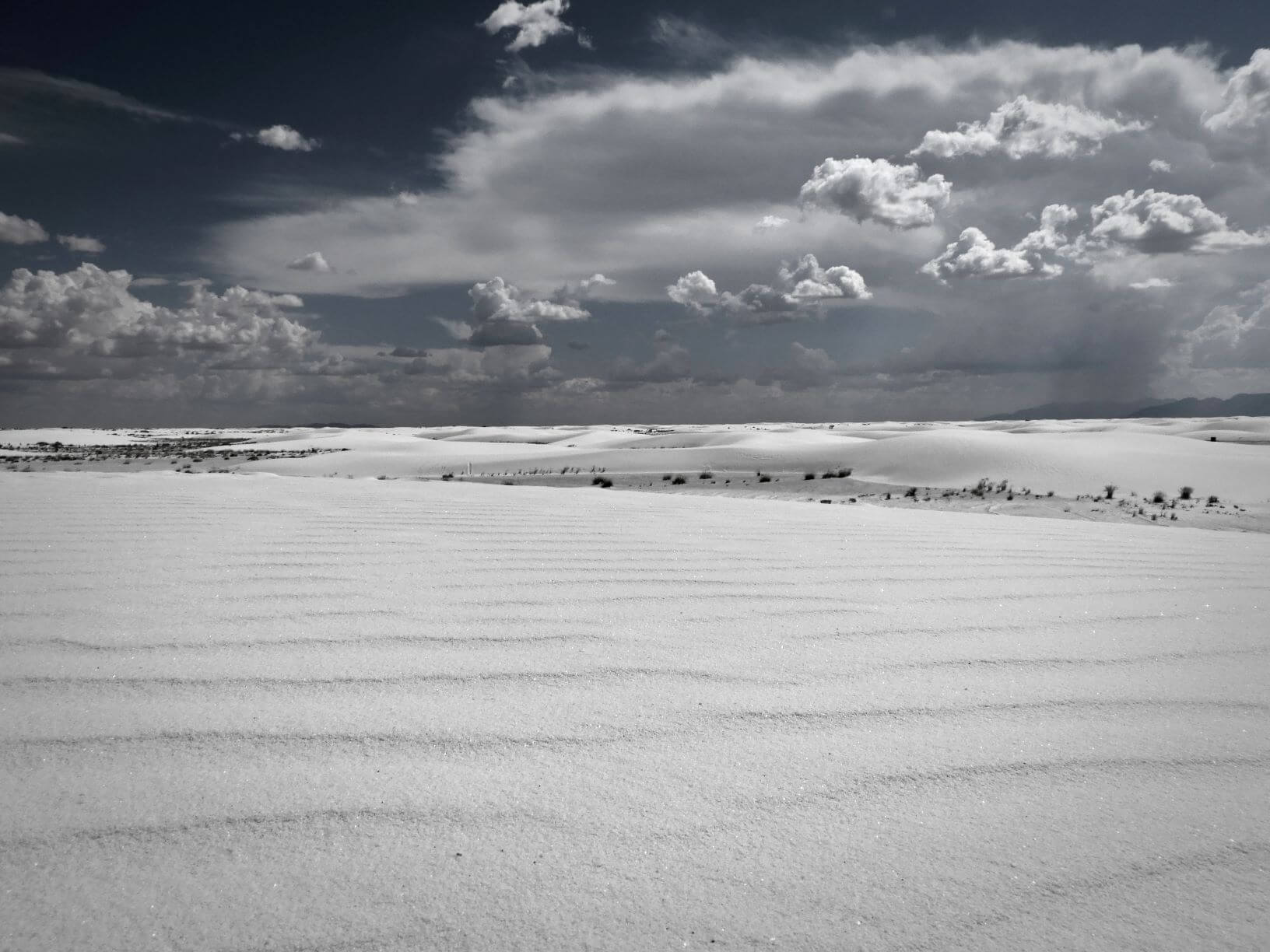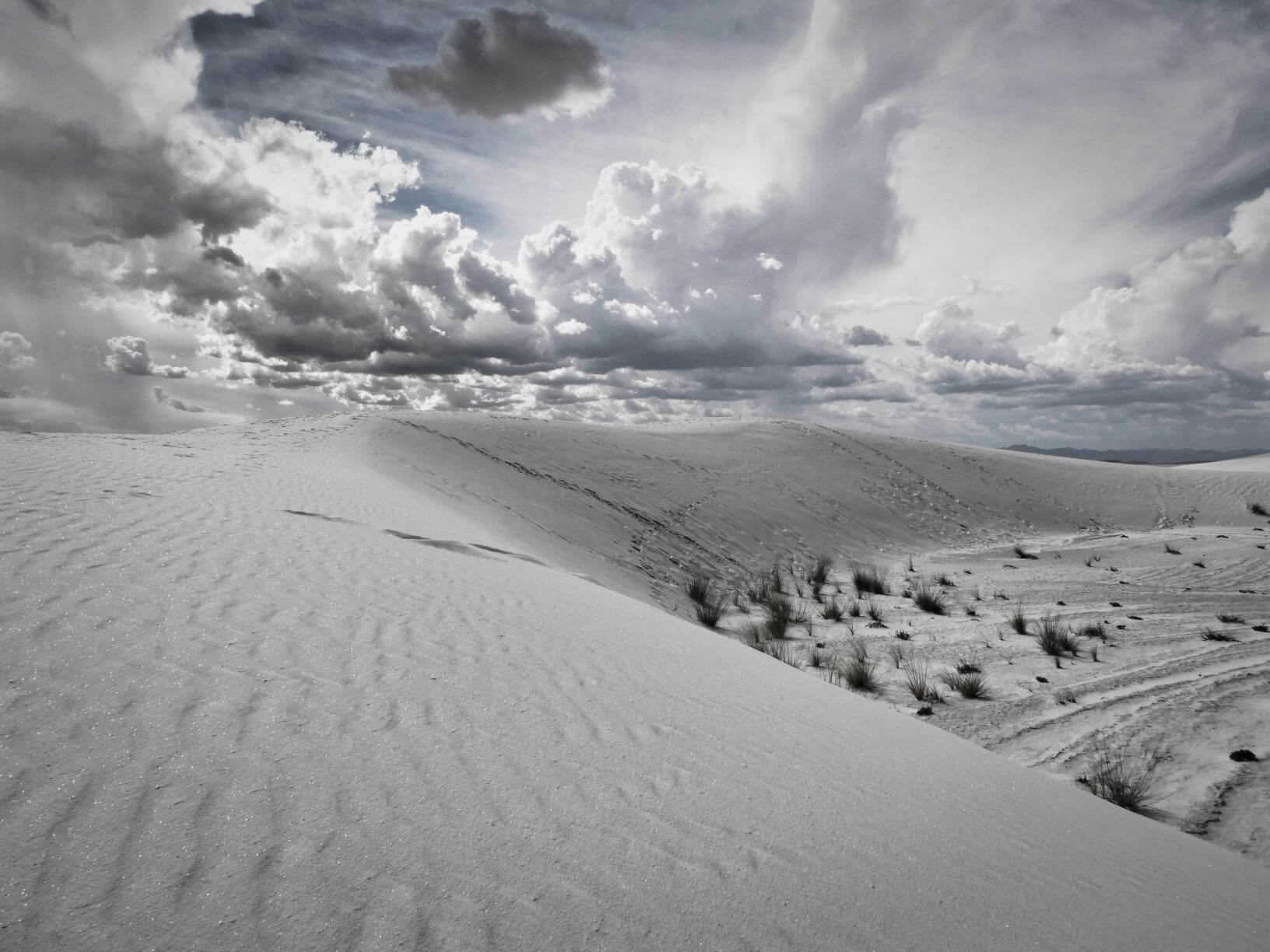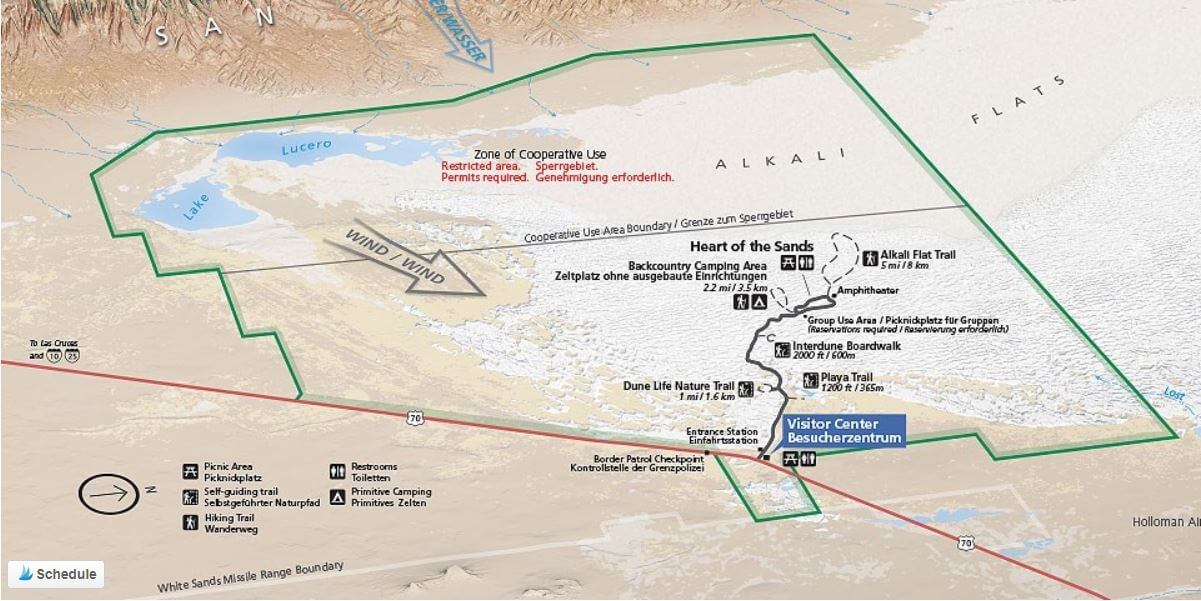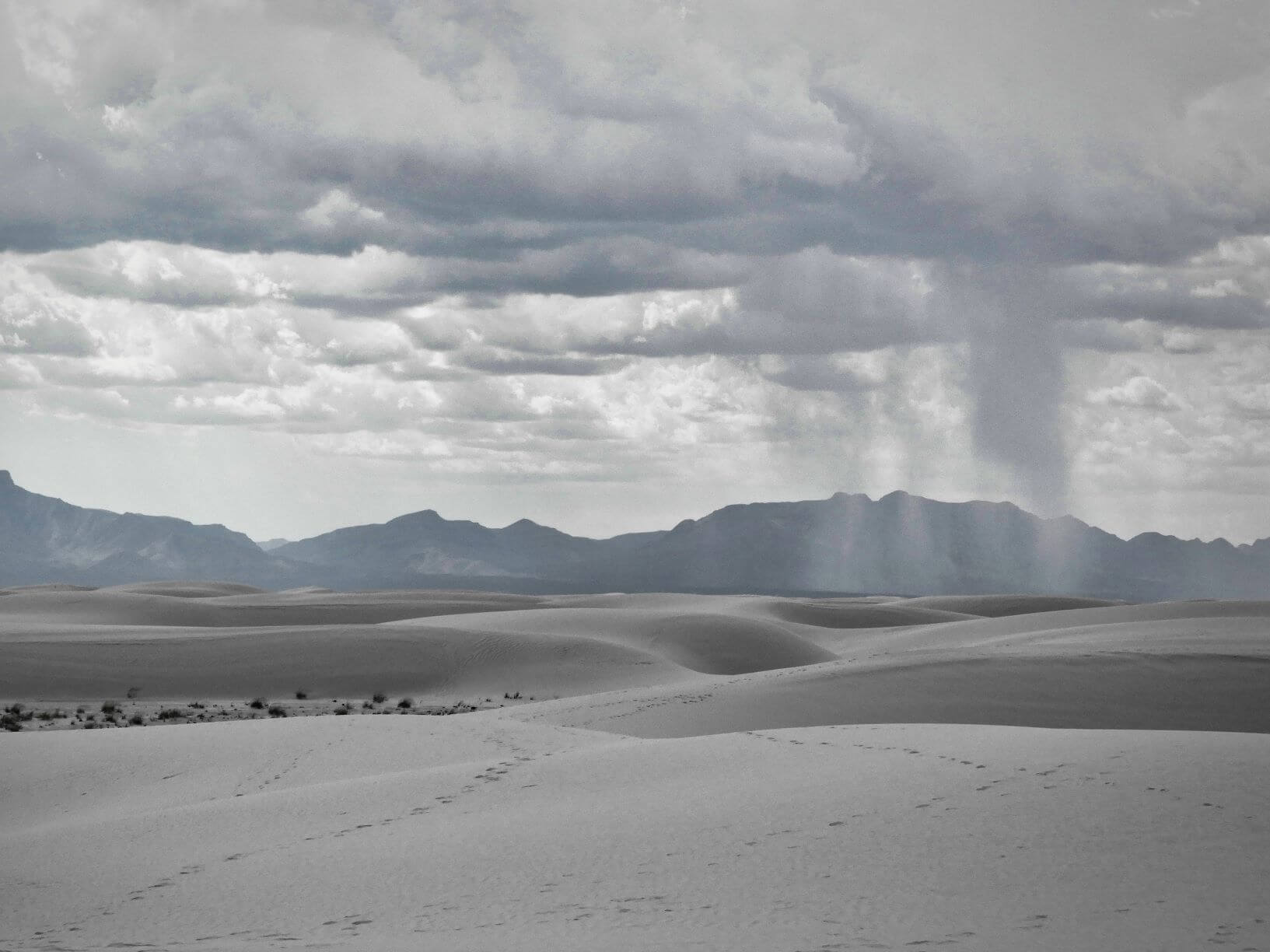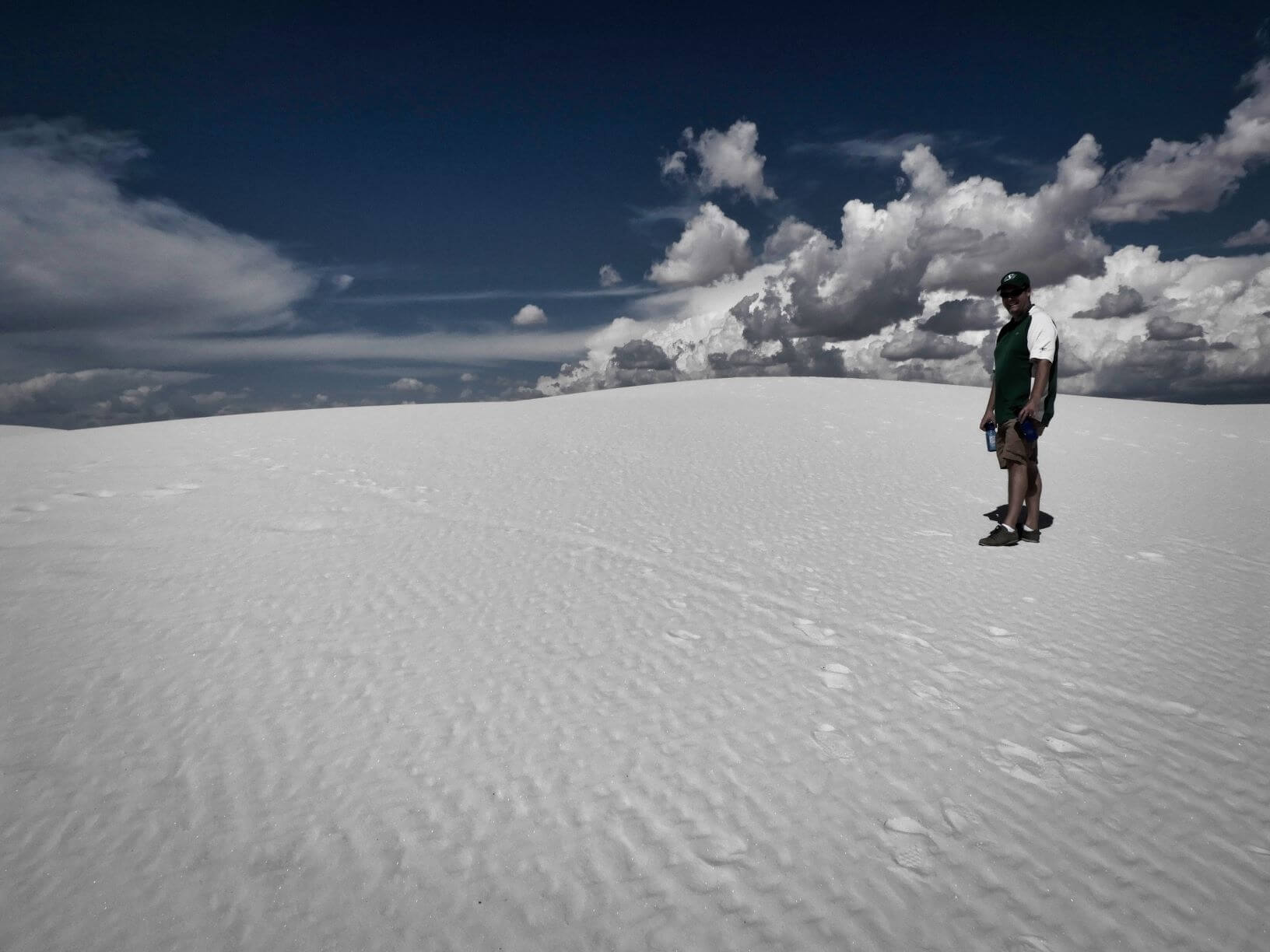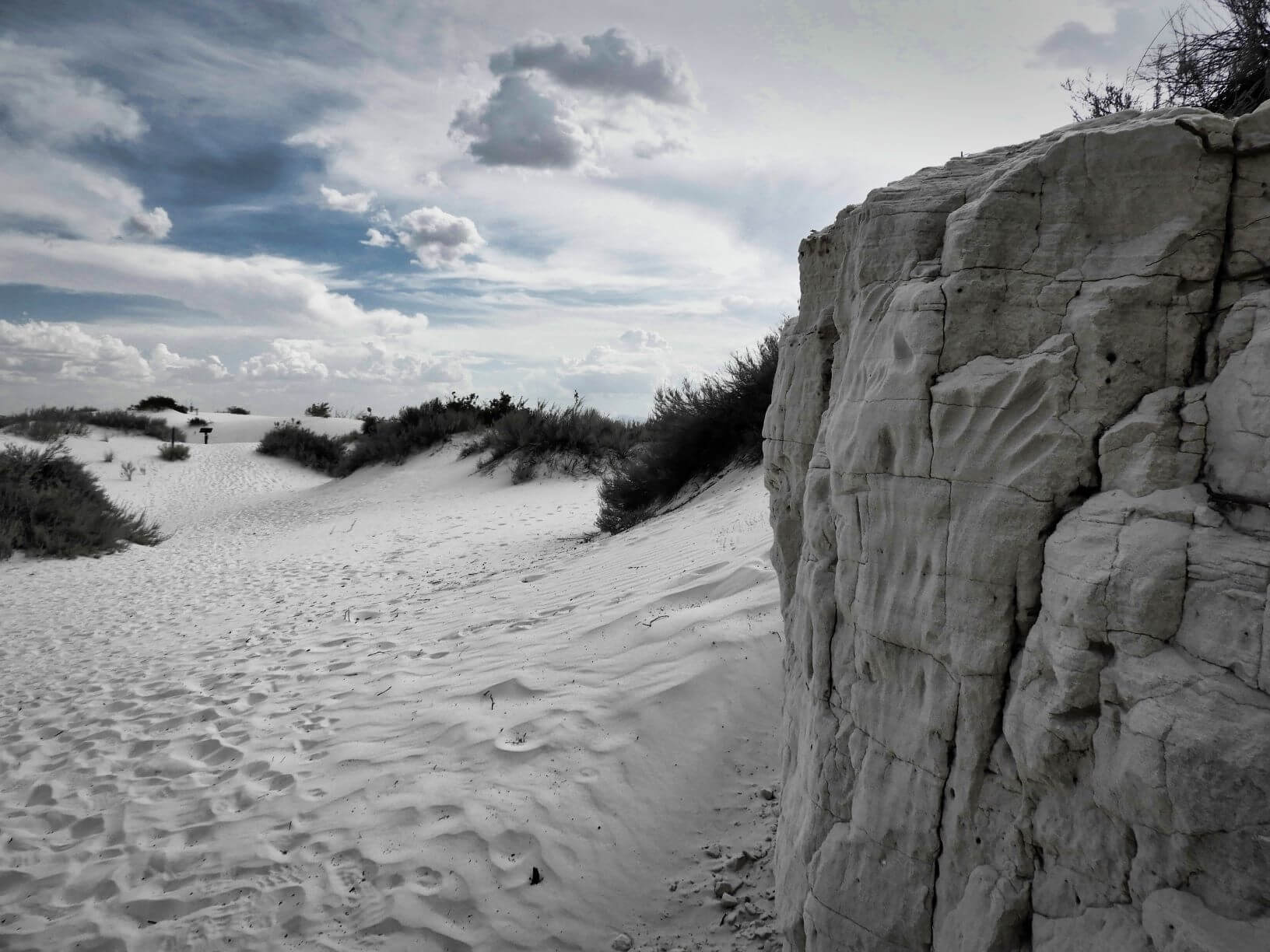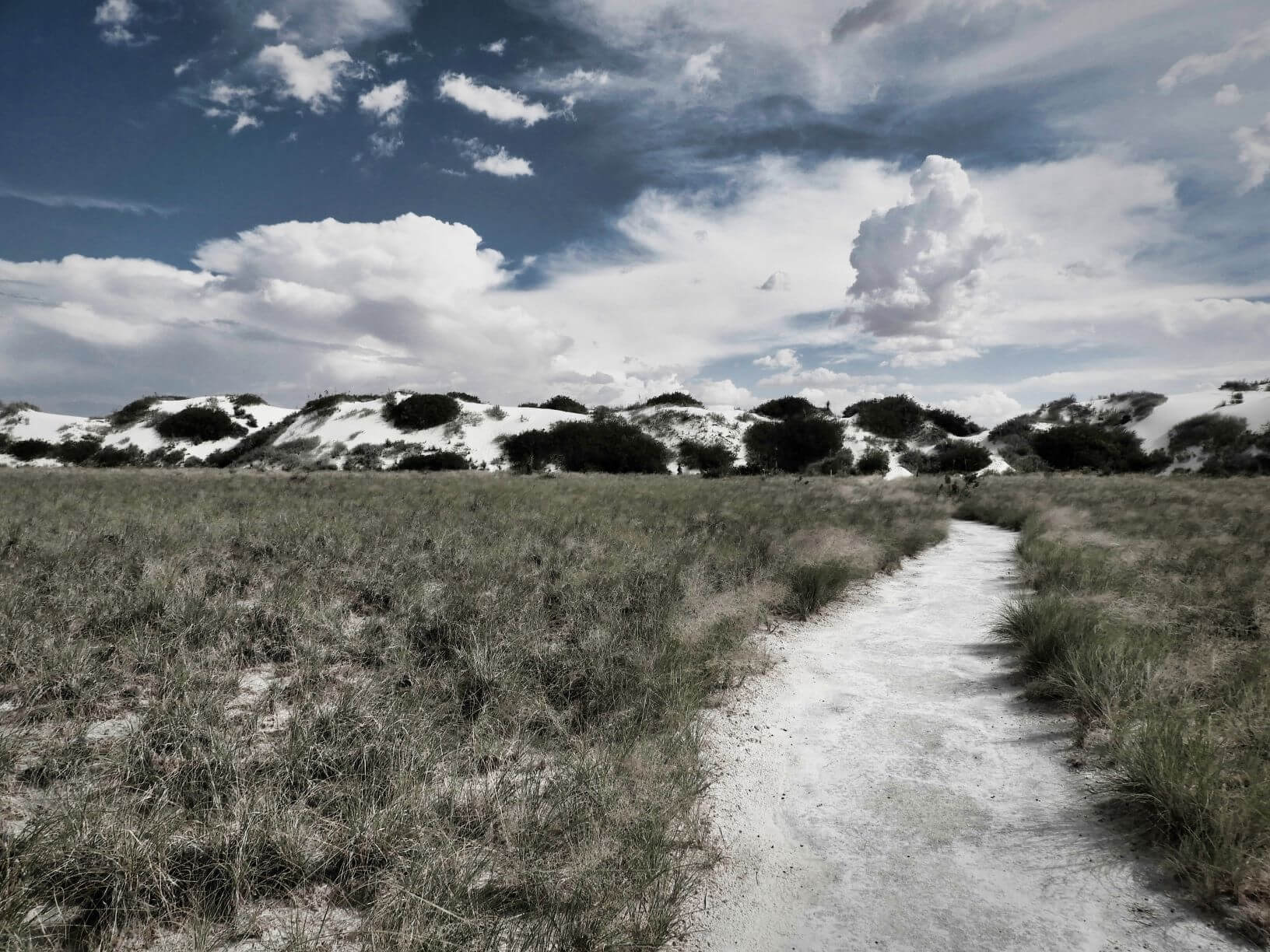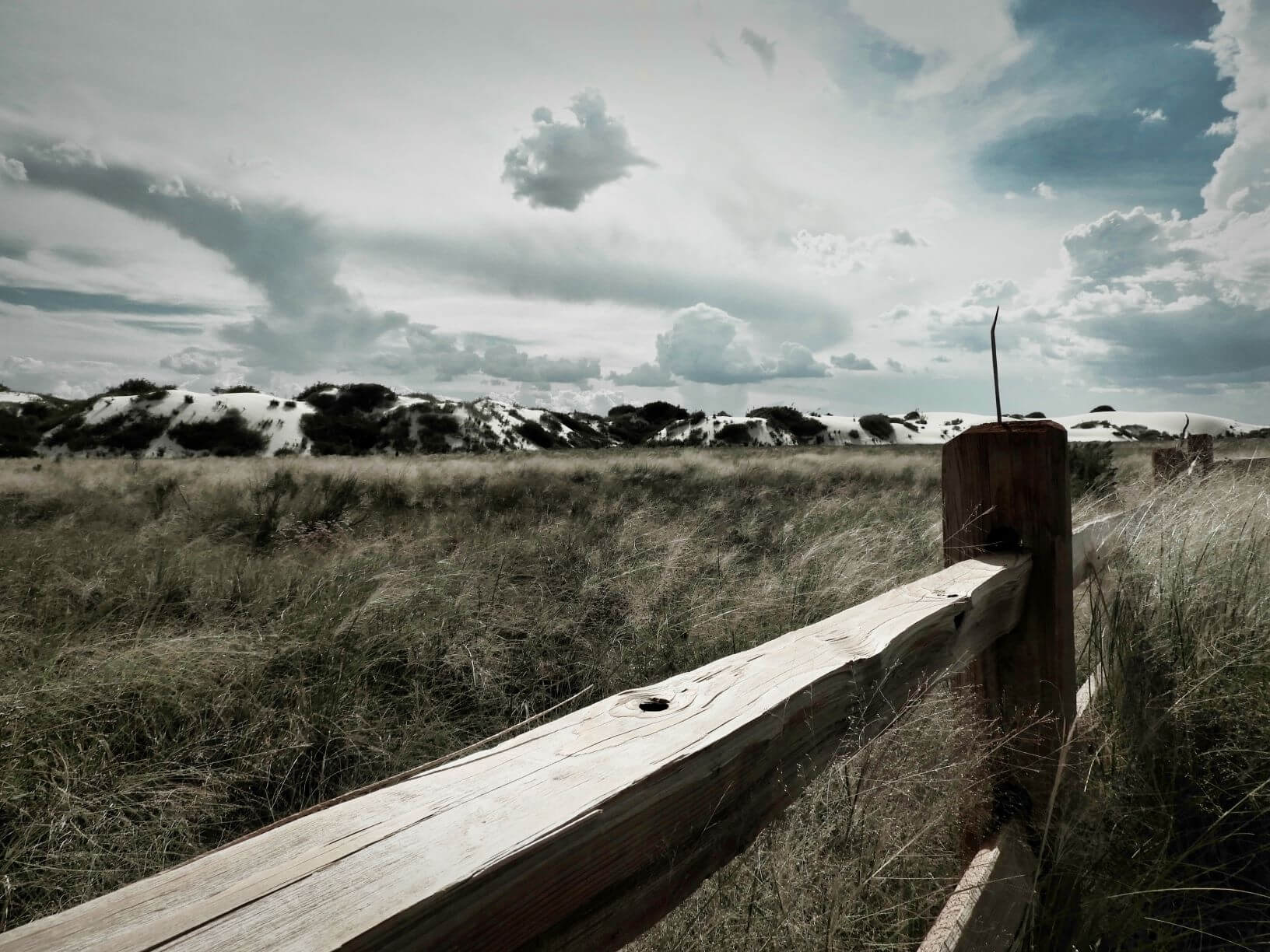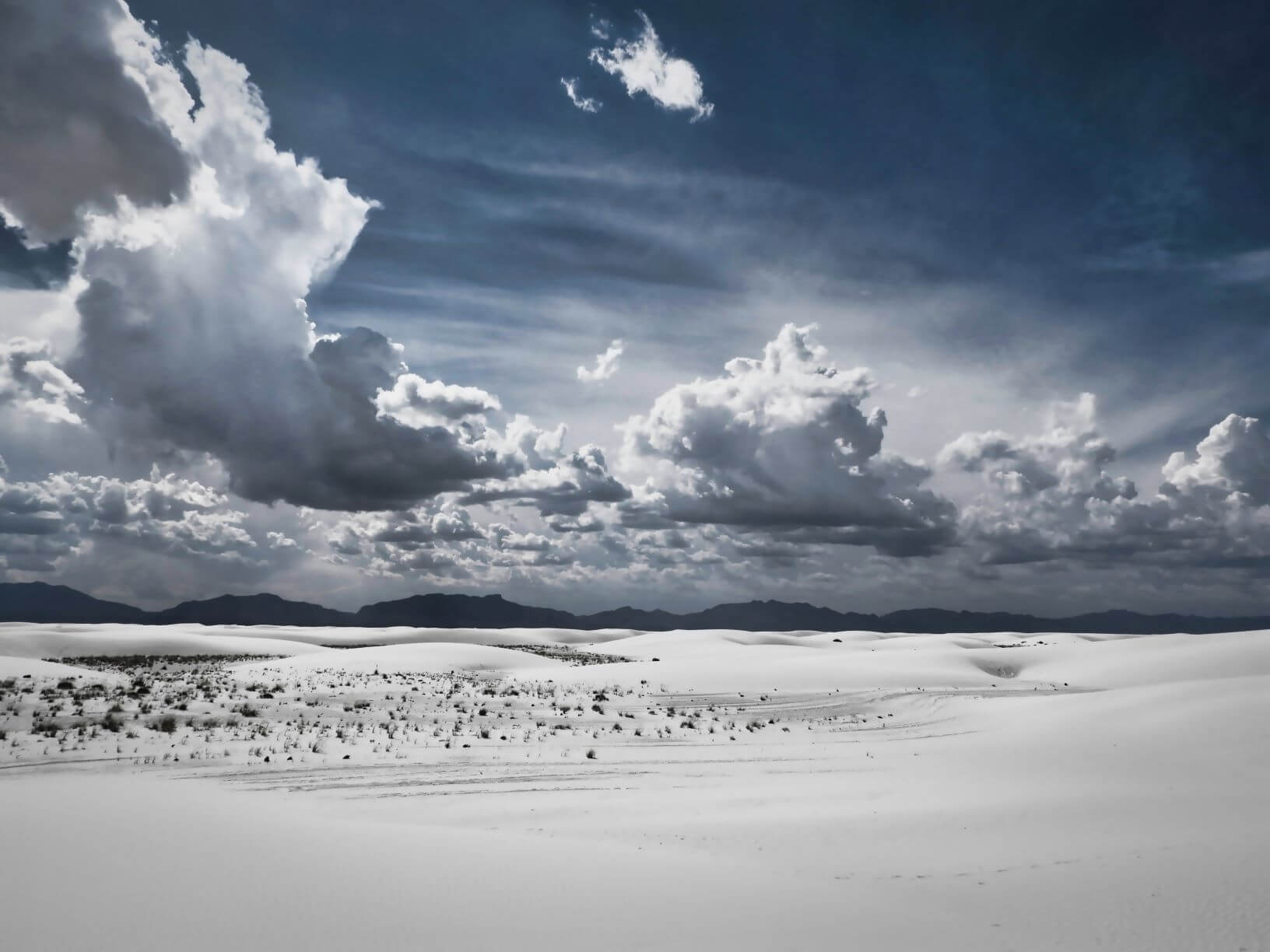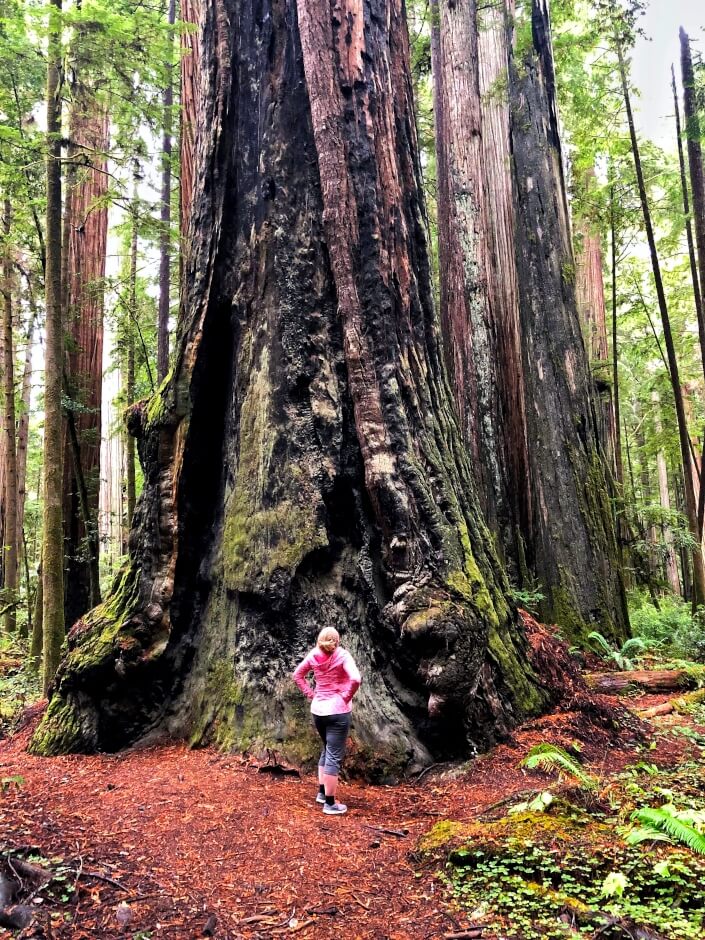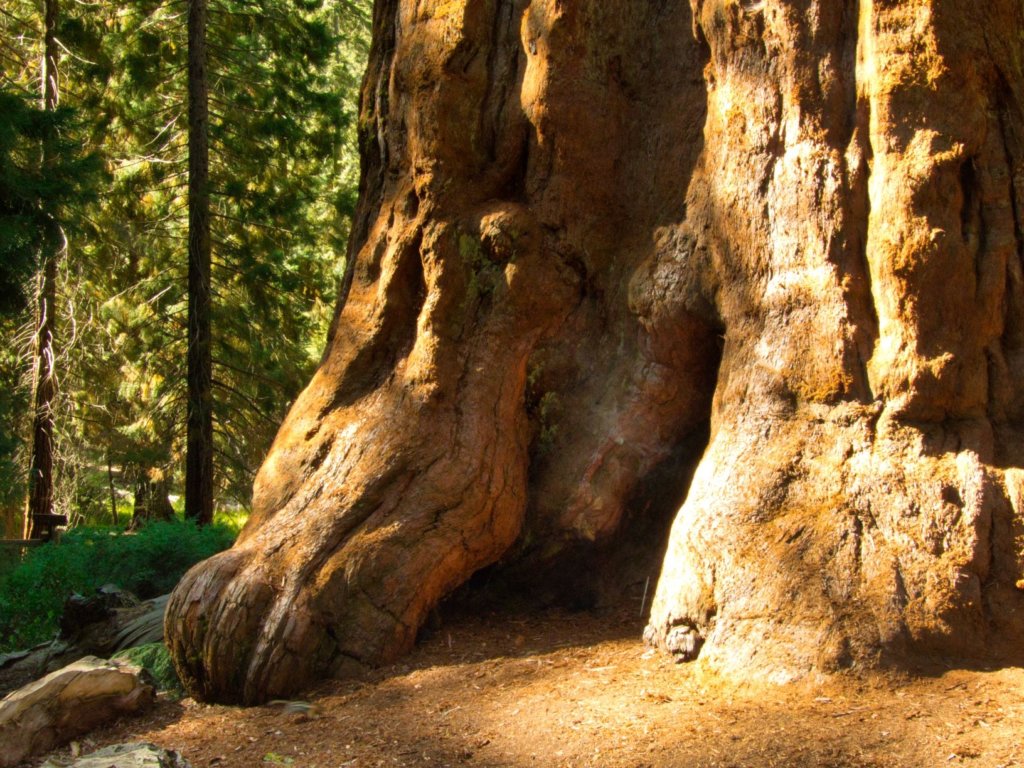
The smell of fresh pine and crisp mountain air greet you in the kingdom of the giant sequoias. If you love nature, you will love walking amongst the hulks in Sequoia and Kings Canyon National Park in California, USA. Walking in the forest while you visit Sequoia National Park provides the crucial feeling of freedom that we so crave. The scale and the age of the surroundings will help you tap into your imagination. The goliaths seem to be immortal. You cannot help but walk softly and long to never leave.
The drive from the main gate of the park to where the sequoias touch the sky takes an hour so plan appropriately. You do not want to rush your visit to the forest. Stop at the visitor centre 2 miles after the gate to pick up maps and talk with the rangers to make the most of your visit.
Small-Town Travel Tip: The Town of Three Rivers looked like a fun and diverse town located just outside the park gates. Of course, the closer you stay to the park, the more expensive. Due to the long drive into the main groves, stay as close as you can afford. Time is money.
*Note: Some of these links are affiliate links, meaning that if you book through my link, I will make a small commission (at no extra cost to you).
The Biggest Tree in the World
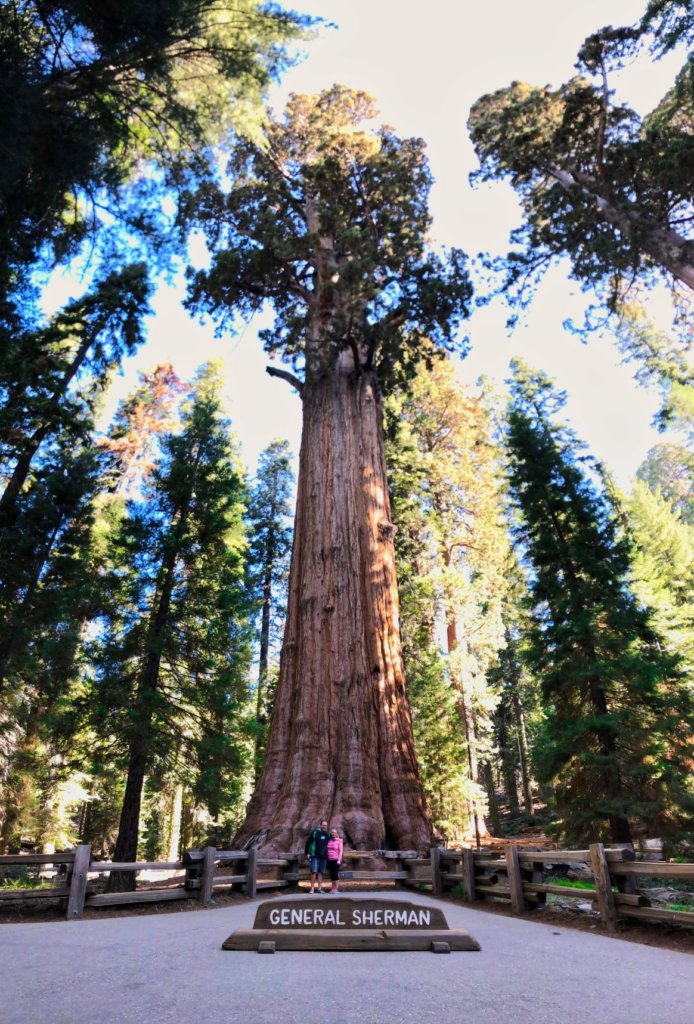
The biggest living tree on earth is in Sequoia National Park. The General Sherman tree stands at 275 feet. Wider than a city street, the trunk is estimated to weigh 1,385 tons and the circumference at the ground level is 103 feet. General Sherman is estimated to be 2,200 years old. The massive sequoia trees are the largest on the planet. So profound are the enormous trees, they helped inspire the US conservation movement, stopping the tragic logging of the 19th and 20th centuries. Incredibly resistant to disease and fire, the sequoias do have one Achilles heel—their roots. The shallow system with no taproot makes the trees prone to toppling over.
The kingdom of the trees offers a wheelchair-accessible trail to meet the General Sherman tree. The wheelchair parking area has signage on the right side of the road. If you do not have mobility issues, continue up the road to the main parking lot.
Arrive at the park as soon as the gates open and you will have no parking issues.
It is a long walk down to the General Sherman tree and the air is thin so take your time.
Once you have finished viewing the famous tree, explore other trails to enjoy the forest. A notable path is Congress Trail. Expect to take a minimum of one hour to view General Sherman and walk the Congress Trail. Signage on the trail indicates a shortcut back to General Sherman if you are running out of time. The trail is a fairly level 2-mile (3.2 km) walking loop through the heart of the Giant Forest sequoia grove.
Other Forest Surprises
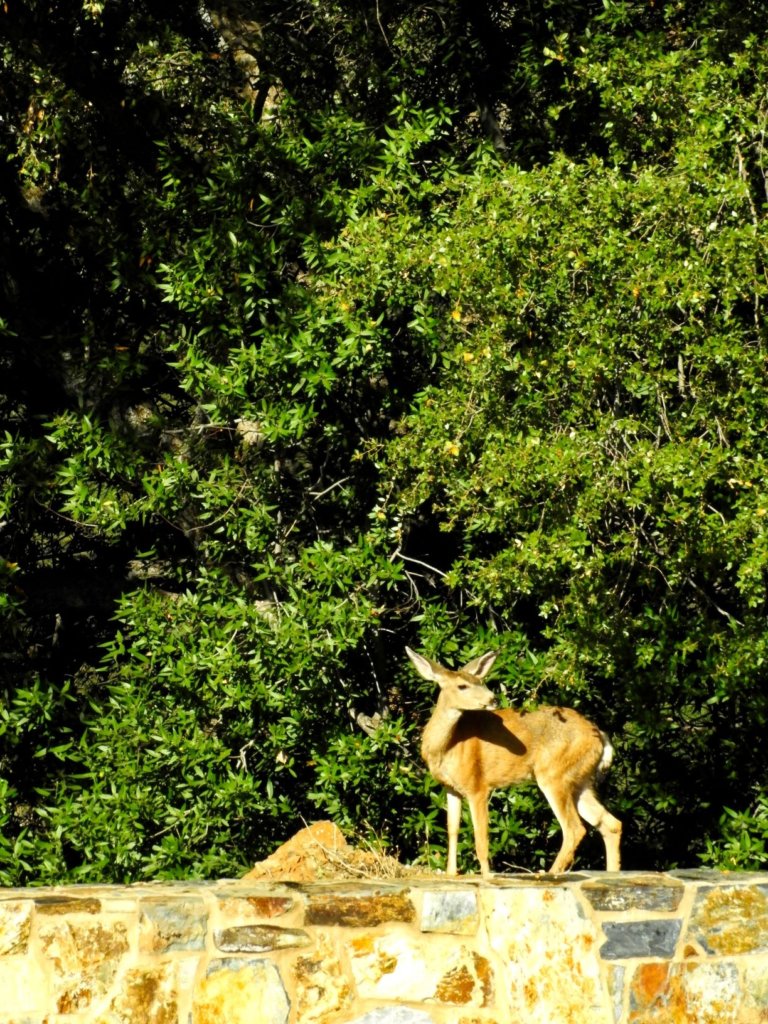
Other faunas such as dogwoods, azaleas, and rhododendrons are prevalent in the spring. Wildlife such as black bears, spotted owls, mountain lions, wild turkeys, mule deer, and Roosevelt elk also call some of the forests home. Please do not feed any wildlife.
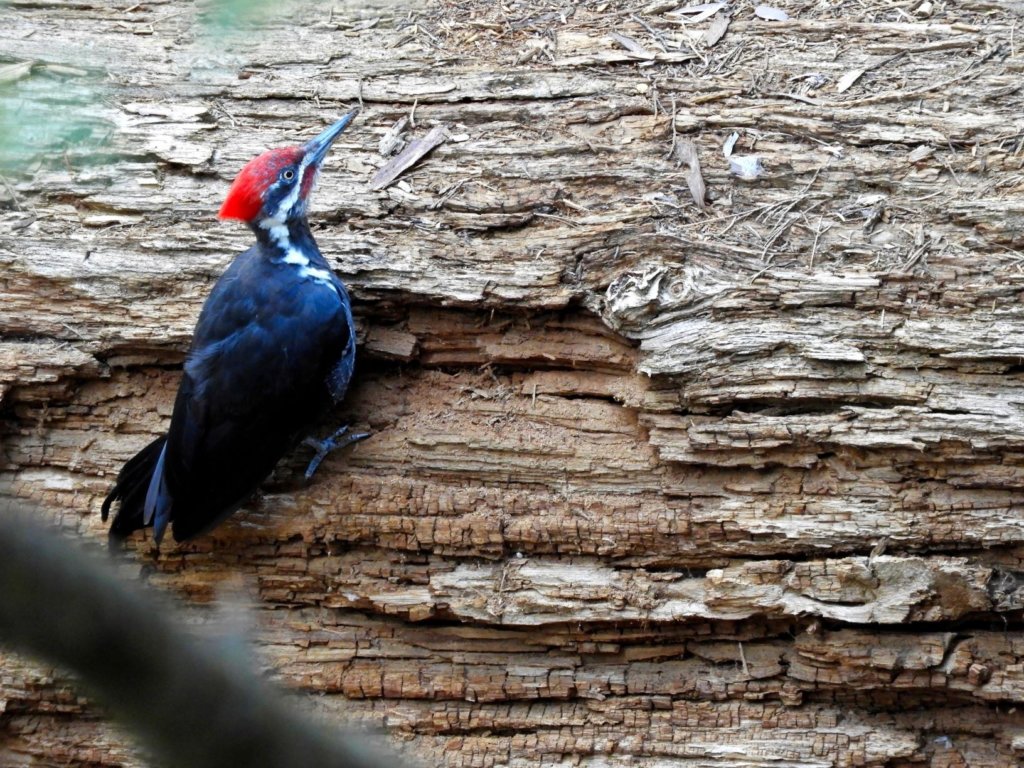
Activities in the park include hiking, camping, biking, horseback riding, backpacking, snowshoeing, and sledding. Motorbikes, mountain bikes, and pets are not permitted on any park trail.
A View to Challenge all Views
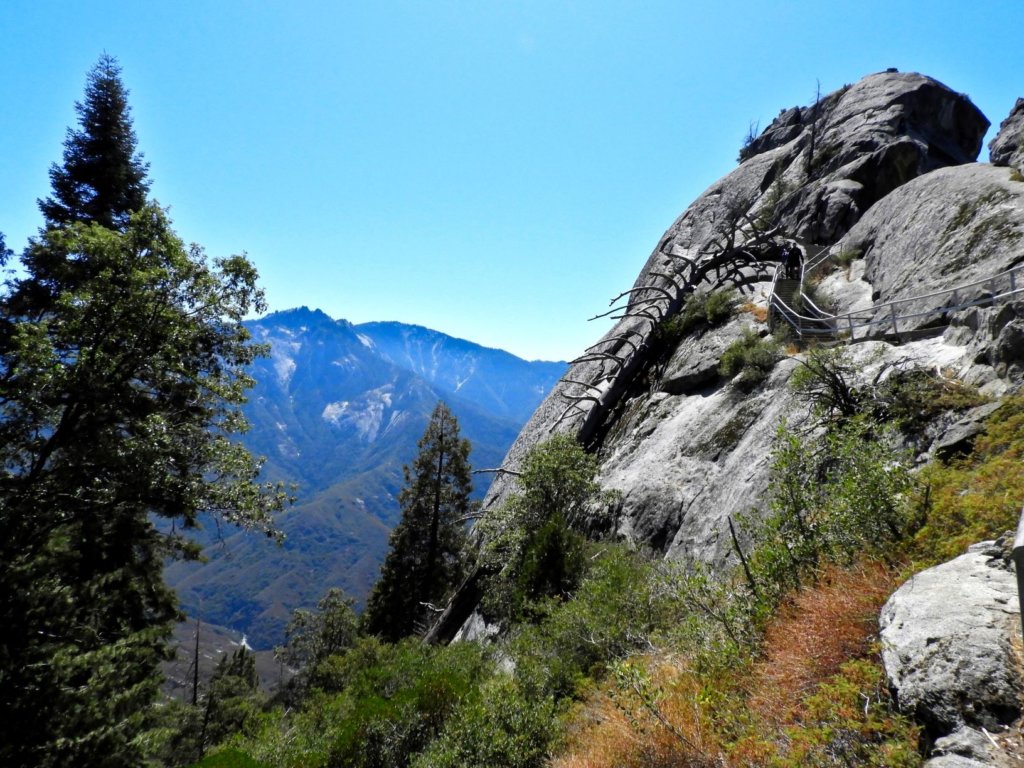
A vast mountain outlook will greet you when you climb to the top of the dome-shaped granite monolith Moro Rock. I was brought to tears upon reaching the summit. The memory still sends chills through me. Looking out at the vastness of the wilderness and the peaks of the mountains from the heights of Moro Rock gives you a chance to be still and clear your mind from the troubles of the world. Nothing can compare to the sheer, raw exquisiteness of creation.
The hike to the top on the Moro Trail will take at least 45 minutes. The air is cooler at the top of Moro Rock because of the high altitude so take a jacket with you. Moro Rock parking area is 1.5 miles from Giant Forest Museum. A 0.25-mile trail beside the parking lot climbs 300 vertical feet between the parking area and the summit of Moro Rock (elevation 6,725 feet).
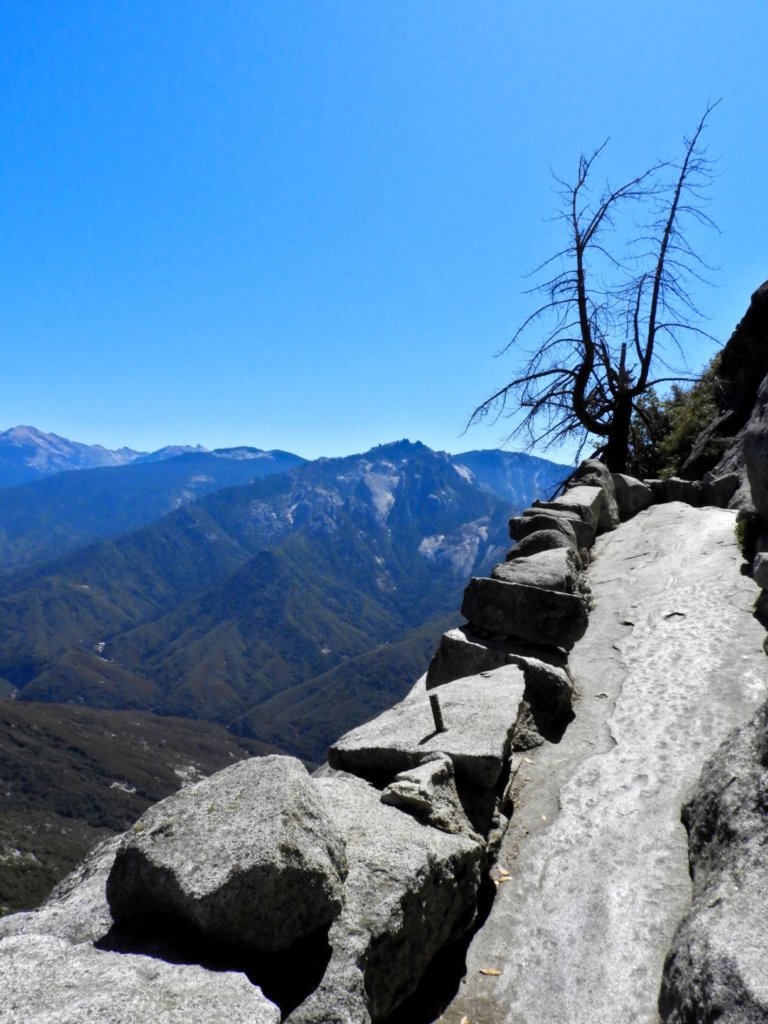
This hike is strenuous and not for those afraid of heights as many areas no not have handrails. Wear sturdy shoes and take your time as sections are slippery. People have died on this climb. Walking up is easier than walking down. I could picture myself tripping and stumbling over the edge like a rag doll. Falling on the way up you would just fall forward and crash into the path but falling on the way down… well imagine catapulting that rag doll into the stratosphere only to watch it’s legs and arms splay out, soar, then plummet to the depths below.

Where to Stay in Sequoia and Kings Canyon National Park
When is the best time to visit Sequoia and Kings Canyon National Park?
Summer
Most people visit the canyon in the summer. The weather is pleasant and temperatures in the shady groves are comfortable. The foothills are hotter than the groves due to their lower elevation. Because of varying elevations in the park, it is best to check the park forecast in order to plan your visit.
Fall
September brings cooler temperatures to the canyon and forest groves. Expect to take a light jacket for your hikes. Days are still warm but nights become cool. Weather changes quickly—as with most mountain ranges—so stormy days can follow hot days. Light snows may begin in October that usually melt away quickly. Facilities also begin to reduce hours and ranger programs decline. Mineral King and Cedar Groves also close during snowy seasons.
Winter
Winter is quiet and solitude is abundant in the forest. Free outdoor activities are offered by rangers so this may be a time for you to consider a winter hike to get out for some much needed fresh air. Snowfall is difficult to predict so stay tuned to the weather as tire chains may be required in the park. Temperatures in the foothills are cool and ideal for hiking. The hillsides are green and wildflowers begin to bloom as early as January.
Spring
Depending on elevation, spring usually lasts from April to mid-June. Snow is still prevalent on the sequoias and in higher altitudes of the park. Light snowstorms are common and winter-rule conditions may still apply. Rivers and creeks run swiftly due to runoff and become dangerous. Warm weather and abundant flowers are prevalent in the foothills.
What should you do if you have 1-2 Hours?
- Stop at Foothills Visitor Centre (Park Headquarters) to get a detailed hiking map of the forests.
- Visit the General Sherman Tree in Giant Forest and hike Congress Trail.
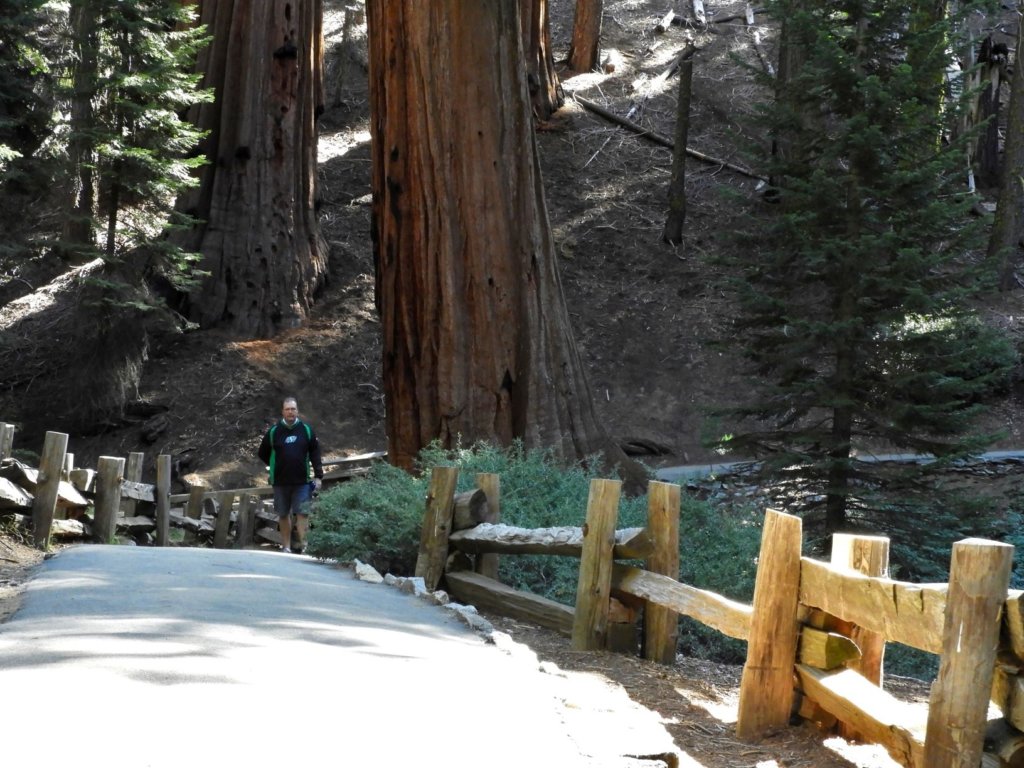
What should you do if you have a half-day?
- Same as above and add on a hike to the summit of Moro Rock.
- Drive through Tunnel Log just up the road from the Moro Rock parking area. Tunnel Log is the only tree you can drive through in this park.
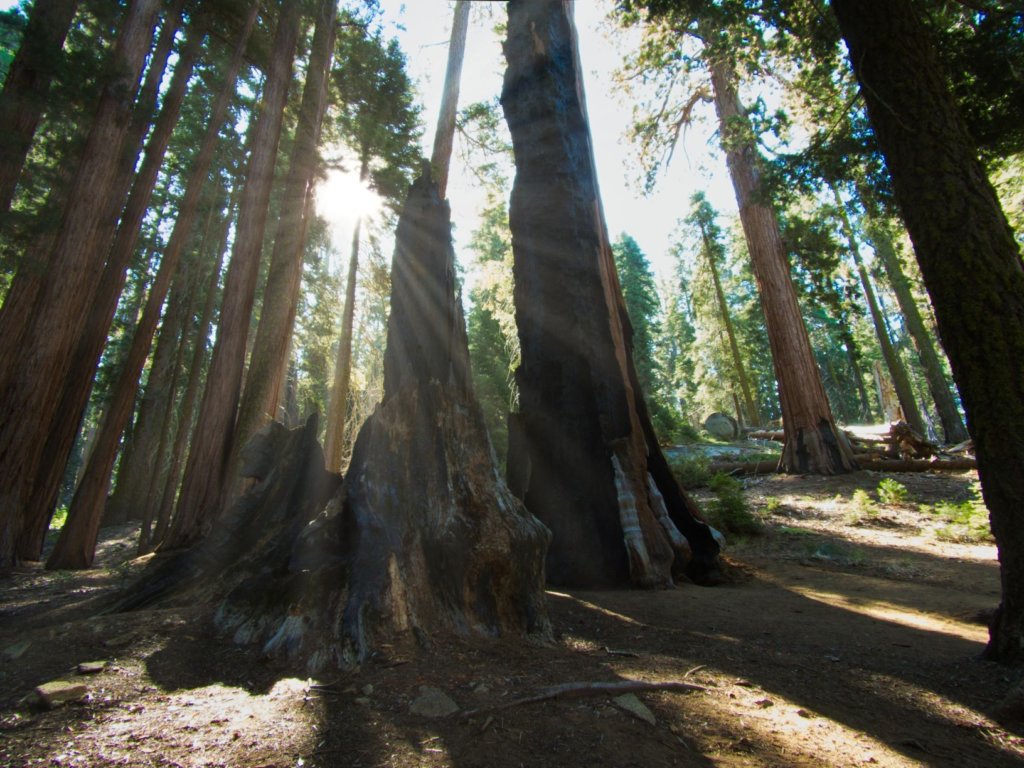
What should you do if you have a full day?
- Same as above and visit the Giant Forest Museum.
- Explore the park on horseback. Guided tours leave from Grant Grove. For details or reservations call 559-335-9292 in the regular season (find this out) and 559-799-7247 in the off-season. For a guided tour leaving Cedar Grove, contact 559-565-3464 in the regular season and 559-337-2413 in the off-season.
- Take a Crystal Cave Tour. Reserve tickets at least 48 hours in advance at www.recreation.gov. You can check for tickets at the visitor centres but it is best to plan ahead. Tickets are not for sale at the cave.

How a Visit to Sequoia National Park Changed Me
I grew up on the prairies of Saskatchewan. Trees are far and few between. Expansive grainfields of green stretch to the horizon with the sheaves of wheat waving in the wind like an ocean tide. At twilight, the sky turns to brilliant shades of purples, pinks, and blues—a palette of colours a painter would envy. I would sit for hours on a big rockpile and enjoy the view with my German Shepherd, Rio, staring over the fields and talk to her about how I wanted to see the world. Daydreaming about seeing other vistas only accessible in books. But what does this have to do with Sequoia National Park?

Growing up with few trees has given me respect and awe for these giants withstanding the test of time. There is a regal splendour and peace to these historical trees that penetrates the soul. We need to protect these colossi. For thousands of years these trees have stood at attention, protecting the animals and wildlife taking refuge in and under their branches. It is time we paid homage to God’s creation and do the best of our ability to preserve and protect it. Travel is not just about what is good for us. Travel is an educational tool for us to learn about how we can conserve the beautiful realm around us.
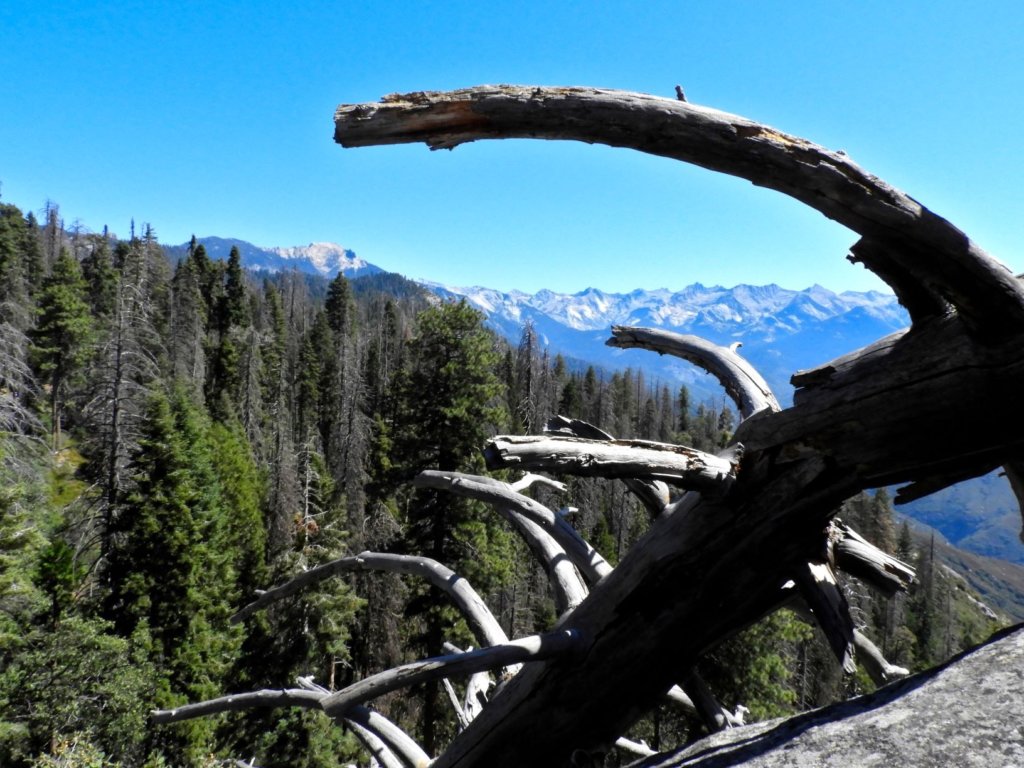
All pictures in this post are taken by Charlotte, yours truly, as always, unless otherwise stated.
Mission statement: Transform your life with travel—one destination, one adventure, one story at a time.
